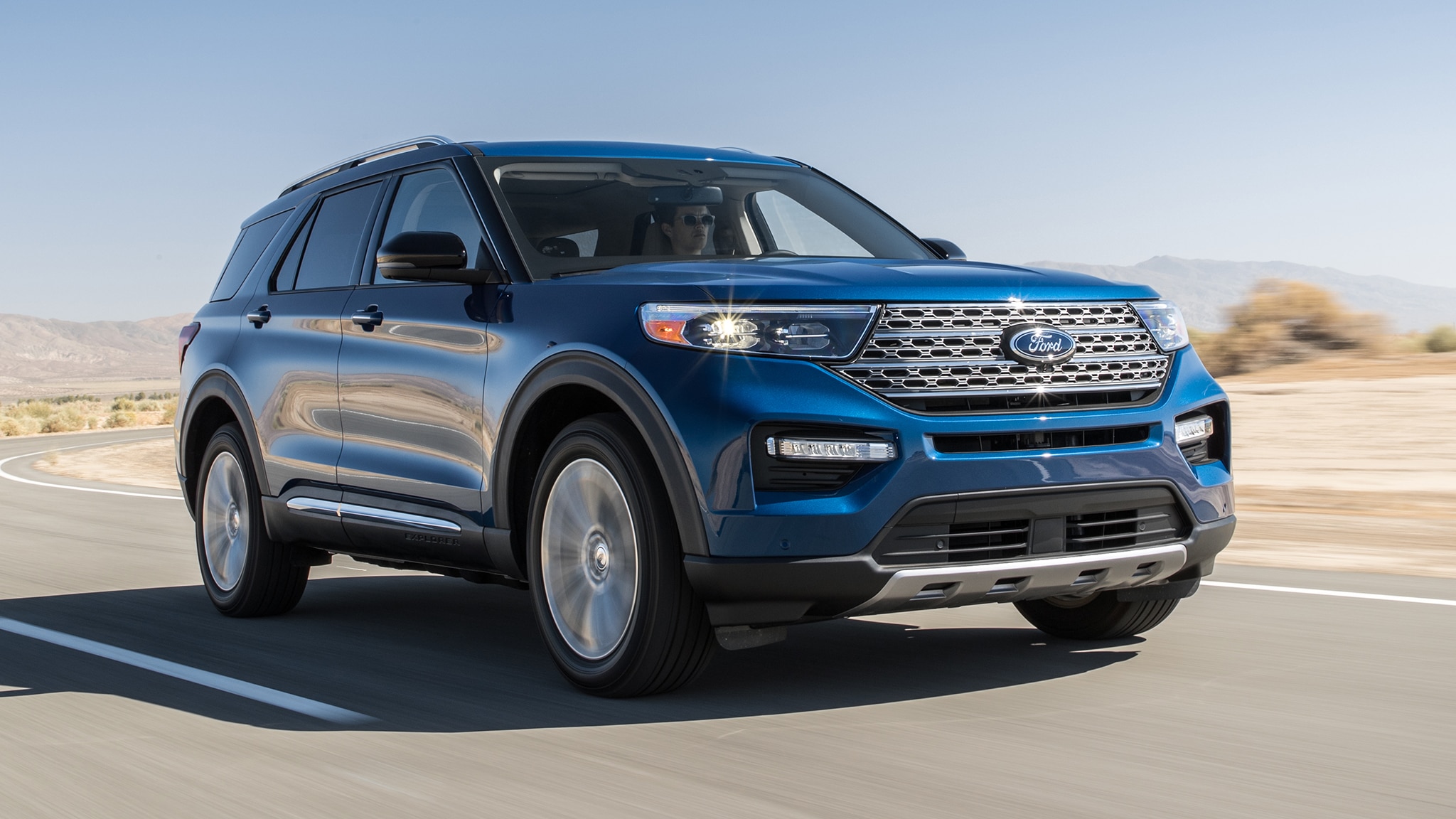One of the most fundamental and important considerations in the final tweaking of a car audio system is the set-up of the speaker’s crossovers. The majority of Hybrid Audio drivers use rigid paper cones that exhibit little if any cone breakup in its upper-frequency bandwidth. However, it is still important to utilize crossovers, especially active crossover networks to suit the speaker system to the car’s acoustic signature. It has been Hybrid Audio’s philosophy to tune the speaker system to the vehicle’s acoustic signature using just active crossovers, and only a very minor amount of equalization. Our very best world championship vehicles have always had one thing in common: creative use of active crossover filters and very minimal equalization. Use your crossovers to tune your car, and the equalizer to suit the vehicle’s speaker response to your own tastes.
Hybrid Crossover Best Mpg

Shop for hybrid crossover bike online at Target. Choose from contactless Same Day Delivery, Drive Up and more.

The first thing to remember is that every speaker exhibits some sort of natural roll-off. This roll off typically amounts to about 12 dB/octave, and needs to be taken into account, especially when designing passive crossover systems (this roll-off has been accounted for in the Hybrid Audio passive crossover designs). Simply adding a capacitor and inductor in series (6 dB/octave bandpass filter) to a Hybrid Audio midrange driver does not necessarily mean that you’ll see a phase coherent 6 dB/octave bandpass filter at its crosspoints. In fact, summing the effect of the driver’s natural bandpass roll-off, you might actually be approaching a theoretical 18 dB/octave bandpass filter at certain frequencies. Not only this, but the speaker could potentially begin to exhibit significant intermodulation distortion as the cone becomes non-linear trying to reproduce the lowest octave of tones, not to mention irregular polar radiation patterns between the Hybrid Audio midbass/midrange and the accompanying Hybrid Audio tweeter.
- Among midsize luxury crossover SUVs, the Acura MDX hybrid is one of the most practical entries. Its standard third-row seat, extensive features and trick hybrid all-wheel-drive system make it an.
- Like the midsize, three-row MDX crossover, which in Sport Hybrid form delivers 321 horsepower and 27 mpg (EPA combined) – more muscle (for more money) but fewer miles than the aforementioned Lexus.
- The all-new 2021 Toyota Venza is a hybrid crossover with solid fuel economy ratings, an upscale cabin, and comfortable seats. However, it al read more.

Given the large uncertainty of low-order crossover systems, Hybrid Audio recommends the use of higher-order electronic crossovers so that fine-tuning can be done electronically. The active network benefits from easy correction of different speaker sensitivities and equalizing not only the individual drivers but the combined response as well. Not having to account for the speaker’s impedance verses frequency, as well as the passive device impedance and phase shift makes the active filter superior to most passive crossover networks, due to the fact that each and every aspect can be tailored to better suit the individual installation’s requirements. However, we understand that in some cases that passive filters are required, and thus the reason why we have manufactured the Legatia L2x two-way and Legatia L3x three-way passive crossover systems. In our humble opinion, however, the ideal crossover system for most users, is an active one that takes into account the Hybrid Audio driver location and its characteristics, in concert with the polar radiation patterns of other speakers involved, all the while balancing linear and non-linear distortion (non-linear harmonic distortion increases with sound pressure level or cone displacement, and thus, the crossover frequency is critical and can be vehicle and user-dependent).
As mentioned previously in “Lesson Three”, imaging cues of near-field (within 3m) sources come from effectively two auditory methods: ITD and IID. ITD is the time it takes for sound to reach the far ear after reaching the near ear. Typical adult male heads have an ITD maximum of approximately 400 microseconds. IID is the measure of intensity difference of the far ear as compared to the near ear. ITD is typically used by the brain to localize low-frequency sources below 500 Hz. IID is typically used by the brain to localize high-frequency sources, above 2,000 Hz. HRTF is also used in conjunction with IID. Above approximately 4,000 Hz, the higher frequencies are attenuated by the head for the far side ear. A sound to your left will have a different spectral content for the left ear as compared to the right ear. The HRTF is unique for each individual (based upon shape and size of the head and torso) but typically occurs at around 4,000-5,000 Hz. HRTF will affect the IID at even higher frequencies, more so than simple average SPL. Above 6,000 Hz or so, the HRTF portion of IID becomes the dominant factor. The spoken word (human voice) comprises a fundamental frequency range of approximately 150 Hz to 6,000 Hz.
Taking the above into account, your desired crossover frequency for the Hybrid Audio midrange and/ or midbass should be one that allows the midbass or midrange to play as much of the audible spectrum of the spoken voice to ensure point-source delivery of the tones and pinpoint image definition. In many cases, this would be around 200-250 Hz for high pass, and around 6,000 Hz, or higher, for low pass. In all cases, the chosen crossover frequencies should be evaluated for the sonic character, while balancing distortion and power compression at high amplitude levels.

Hybrid Crossovers 2019

Electric Suv Models 2021
Hybrid Audio Technologies Specifications and Parameters Spreadsheet (Google Sheets) — Advanced System Installation — Lesson One: Off-Axis Response — Lesson Two: Equalization of Pathlength Differences — Lesson Three: The Effect of HRTF, ITD, and IID — Lesson Four: Point-Sourcing — Lesson Five: Reference — Mounting Baffle Considerations — Crossovers — Time Correction — Acoustic Treatment — Acoustic Treatment — Conclusion
